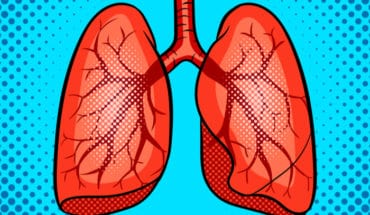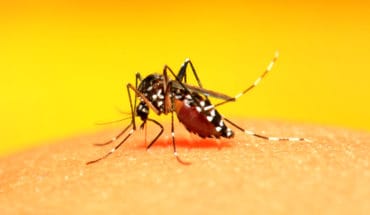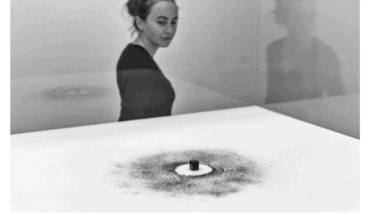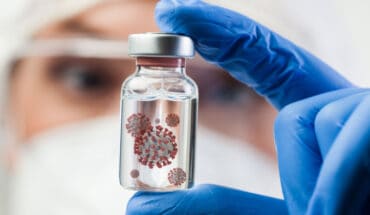Study finds silicon, gold and copper among new weapons against COVID-19
New Curtin research has found the spike proteins of SARS-CoV-2, a strain of coronaviruses that caused the COVID-19 pandemic, become trapped when they come into contact with silicon, gold and copper, and that electric fields can be used to destroy the spike proteins, likely killing the virus.
Lead researcher Dr Nadim Darwish, from the School of Molecular and Life Sciences at Curtin University said the study found the spike proteins of coronaviruses attached and became stuck to certain types of surfaces.
“Coronaviruses have spike proteins on their periphery that allow them to penetrate host cells and cause infection and we have found these proteins becomes stuck to the surface of silicon, gold and copper through a reaction that forms a strong chemical bond,” Dr Darwish said.
“We believe these materials can be used to capture coronaviruses by being used in air filters, as a coating for benches, tables and walls or in the fabric of wipe cloths and face masks.
“By capturing coronaviruses in these ways we would be preventing them from reaching and infecting more people.”
Co-author PhD candidate Essam Dief, also from the School of Molecular and Life Sciences at Curtin University said the study also found the coronavirus could be detected and destroyed using electrical pulses.
“We discovered that electric current can pass through the spike protein and because of this, the protein can be electrically detected. In the future, this finding can be translated to involve applying solution to a mouth or nose swab and testing it in a tiny electronic device able to electrically detect the proteins of the virus. This would provide instant, more sensitive and accurate COVID testing,” Mr Dief said.
“Even more exciting, by applying electrical pulses, we found the spike protein’s structure is changed and at certain magnitude of the pulses, the protein is destroyed. Therefore, electric fields can potentially deactivate coronaviruses.
“So, by incorporating materials such as copper or silicon in air filters, we can potentially capture and consequently stop the spread of the virus. Also importantly, by incorporating electric fields through air filters for example, we also expect this to deactivate the virus.
“The study is exciting both fundamentally as it enables a better understanding of coronaviruses and from an applied perspective in helping to develop tools to fight the transmission of current and future coronaviruses.”
Published in Chemical Science, the research is titled ‘SARS-CoV-2 Spike Proteins React with Au and Si, are Electrically Conductive and Denature at 3 × 108 V/m: a Surface Bonding and a Single-Protein Circuit Study’ and is available online here.
- Gut microbiome could delay onset of type 1 diabetes - 3rd April 2025
- The da Vinci 5 Robot Is Set To Transform Bariatric Care: - 31st March 2025
- Beyond money: the hidden drivers fuelling child food insecurity - 31st March 2025






